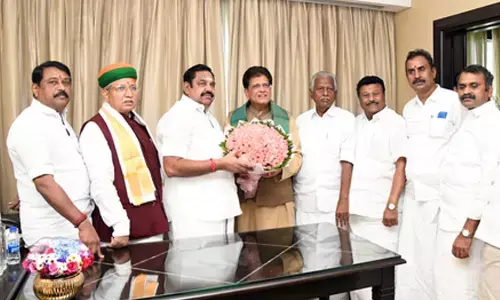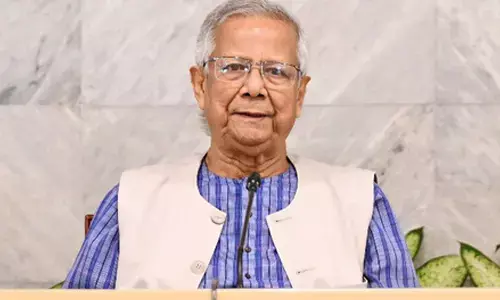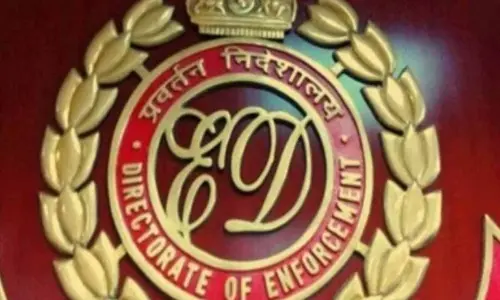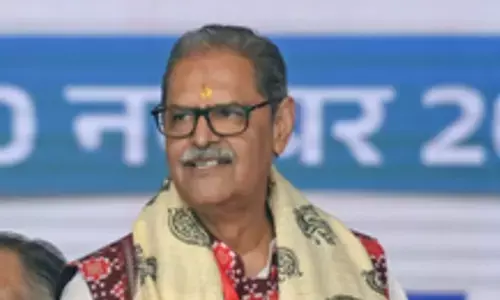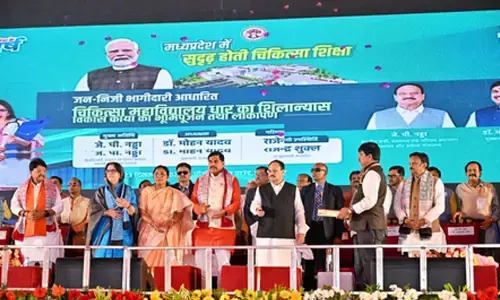Voucher system, best way to better education
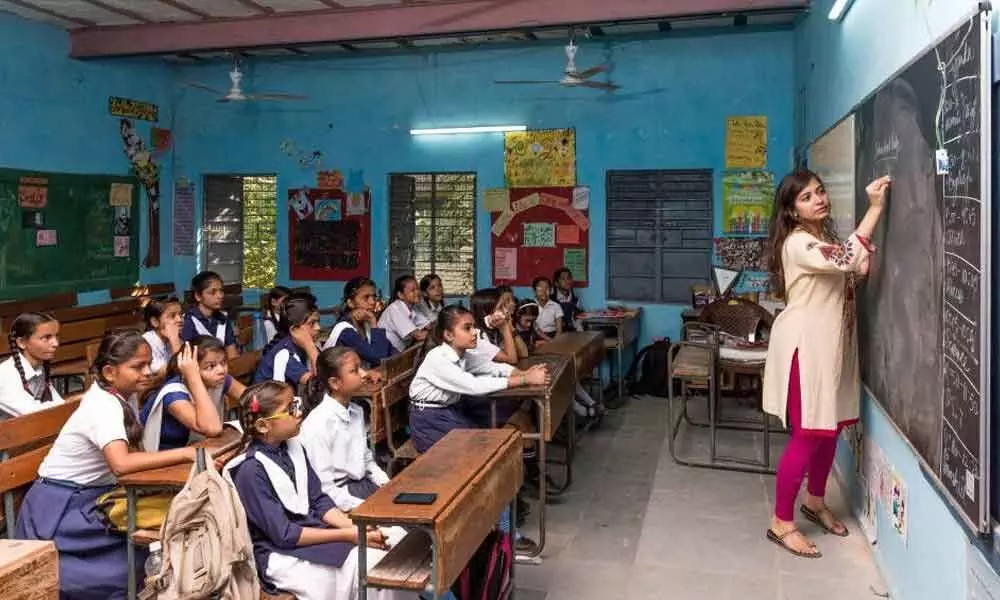
Founder of Ali Baba, Jack Ma, in his address at the World Economic Forum, said that only by changing education can children compete with machines.
Founder of Ali Baba, Jack Ma, in his address at the World Economic Forum, said that only by changing education can children compete with machines. This means that reform of our education system should be the top economic priority.
Our educational system, in rural areas in particular, is dominated by the government schools. However, not one of the 21 students in the merit list of Class X of UP Education Board came from government schools. There was none among the 14 students in the merit list of Class XII either.
The pass percentage of government schools is much behind private schools across the country. This is despite the salary of the government teachers today being about Rs 35,000 while salary of private teachers being about Rs 8,000 per month. We are spending our scarce economic resources only to ensure that we do not give good education.
The UP government was spending Rs 25,000 per student per year on primary and secondary education in 2016-17. This would be about Rs 30,000 per student in 2020. This expenditure includes fake enrollments. The government schools make these to access benefits such as mid-day meals and free uniforms.
A survey of nine districts in Bihar found 4.3 lakh fake enrollments. A survey of Jharkhand found 7.6 lakh fake enrollments. The actual per student expenditure would be about Rs 40,000 rupees per student per year if we exclude the fake enrollments.
Therefore, if we reduce the assured salaries of government teachers by one-half, and distribute that amount to all the students, it would provide Rs 20,000 per student per year and enable the students to pay the fees of a school of their choice.
The National Sample Survey indicates private elementary schools' median fee was Rs 417 per month in 2014. The corresponding figures for 2020 would be Rs 600 for elementary schools or, say, Rs 1,000 for the primary and secondary education together.
It will be possible for the students presently enrolled in government schools to migrate to above-median private schools and pay their fee of up to Rs 2,000 per month. The private schools will also get additional moneys to upgrade the quality. This will lead to competition between schools.
It will become necessary for the government schools to improve their teaching so that they get the vouchers and use the money to compensate for the one-half reduction in their salaries. Famed economist Milton Friedman held that education is like any other service like say that of a barber or a taxi.
The quality of schools and the educational status of our youth will improve by bringing in market-based competition. The government will not have to bear any additional expenditure either.
International evidence is available for the positive impact of competition among schools. A study by the National Bureau of Economic Research of United States found that "Evidence on both small scale and large-scale programmes suggests that competition induced by vouchers leads public schools to improve."
A study of the voucher system in Colombia by the World Bank said that those benefitting from the vouchers "scored 0.2 standard deviations higher on standardised tests, controlling for age, gender, parents' schooling, and residence."
The same study found that in New Zealand "schools started to compete for students… because they received more operating funds as enrollment increased, salary scales and prestige for principals were linked to school size, and schools gaining students were widely perceived to be successful, which motivated school boards to expand enrollments."
The voucher system was introduced in Andhra Pradesh on experimental basis. A study by the Centre for Civil Society found that voucher students performed better than their counterparts in government schools in English and in Maths in Telugu medium private schools.
The same study says that there was a positive and statistically significant impact on English, with voucher students scoring 2.2 points higher although there were no differences in performance in Hindi or Maths.
The programme was also particularly effective in improving girls' performance, the study says. The conclusion is that the voucher system leads to increase in competition and improvement in educational achievement.
The main negative impact of the voucher system discussed in academic literature is the impact on social inequality. A number of studies show that voucher system leads to the upper-class students migrating to the better schools in Sweden, New Zealand, United States and other developed countries.
This problem has to be understood in the context of the developed countries. The United States has a rule whereby all students — rich and poor — living in a designated area have to necessarily go to the same school.
There is no choice. The introduction of voucher-led choice immediately leads to the migration of upper-class students to the better schools. The situation in India is entirely different. There is no compulsion of attending a particular school.
As a result, the upper-class students already go to a better and more expensive school. The voucher system will only enable the poorer students to migrate to the better school in this circumstance.
Perhaps for this reason a paper published in the Journal of Economic Literature said that vouchers delivered modest test-score gains in Andhra Pradesh "with no adverse distributional effects." An argument extended for the poor performance of the government schools is that the poorer students are enrolled there.
This is correct. However, the solution does not lie in investing more in the government schools because anecdotal evidence suggests this does not lead to better education. The solution is to provide vouchers to the poorer students and help them migrate to the better schools.
Another argument against the voucher system is that the private schools often provide freedom of cheating in exams. This argument applies where the schools are autonomous and make their own final assessments.
In our country the exams of Class X and XII are conducted by CBSE or State Boards where the private and government school students have the same access to cheating.
We must immediately reduce the salaries of government teachers by 50 percent and distribute the saved amount of Rs 20,000 per student per year to all students so that they can take admission in a private or government school of their choice.
The government teachers will then have to garner only one-half of their salaries from the vouchers. They would also have the access to the school buildings already constructed from government funds.
A caveat is that the value of the voucher can be increased for remote areas, say, to Rs 4,000 per month, so that both government and private the schools there can be run with smaller number of students.
We need to move fast and provide high quality education to our youth by introducing the voucher system as highlighted by Mr Jack Ma.
Author was formerly Professor of Economics at IIM Bengaluru









